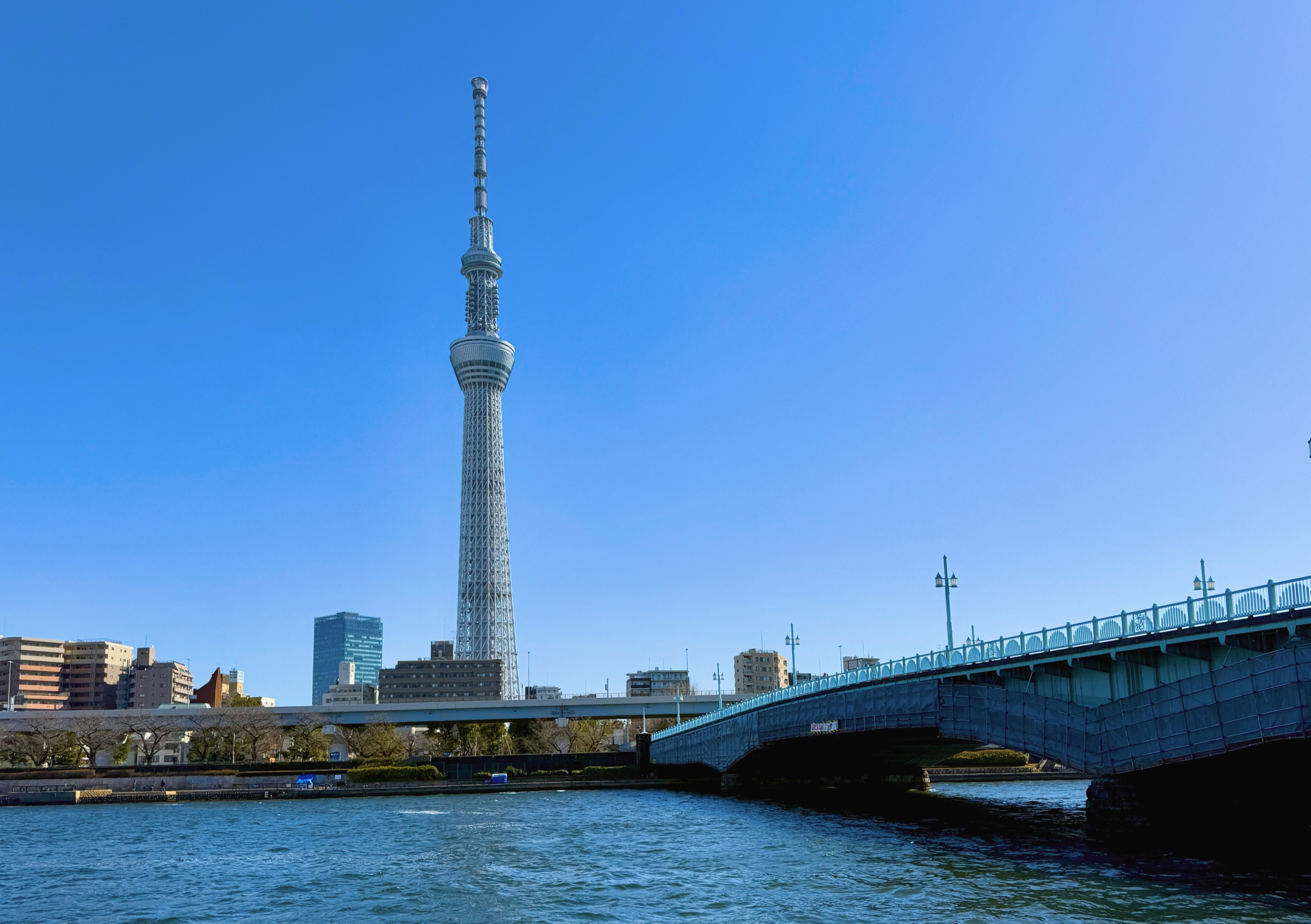
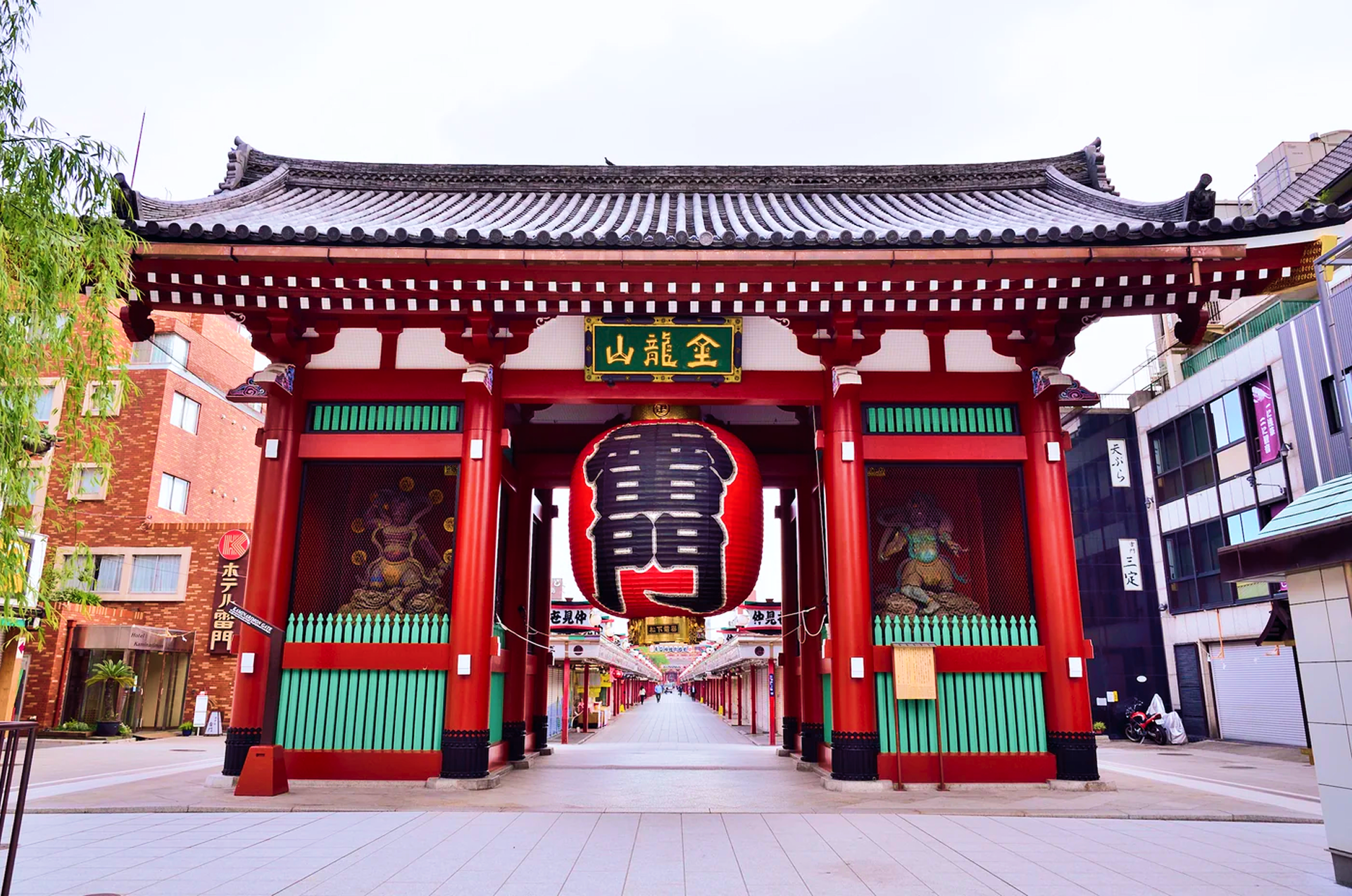
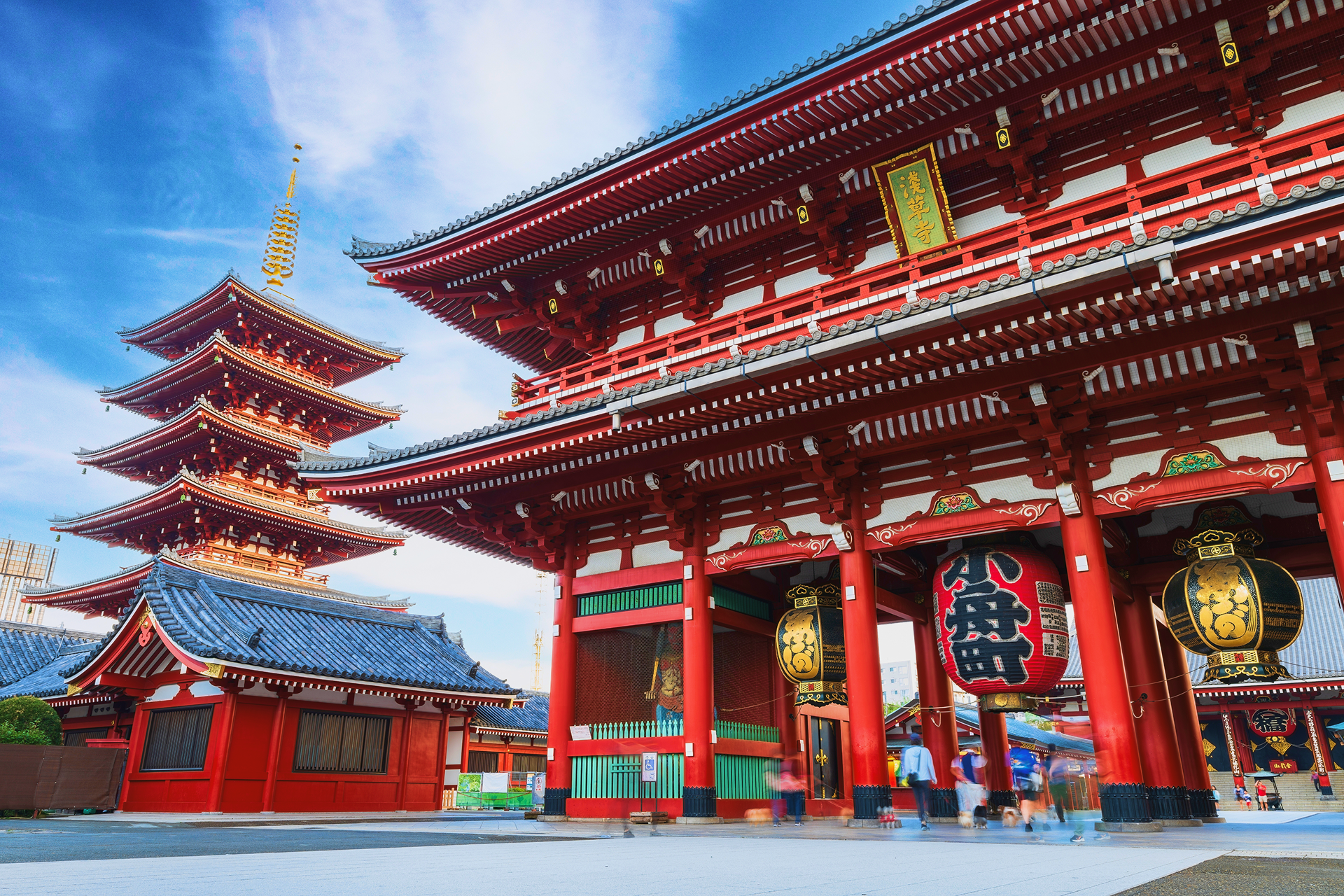
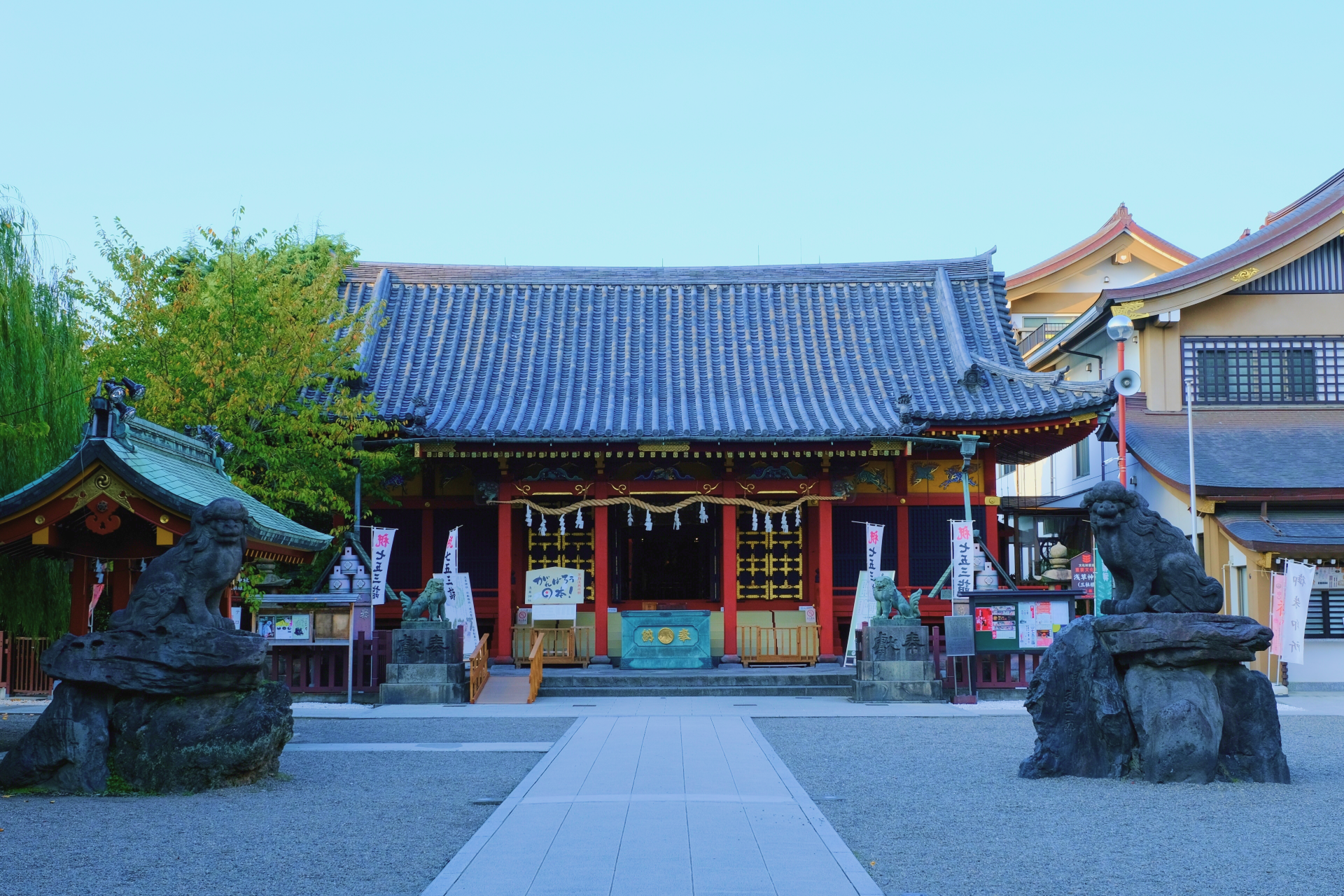
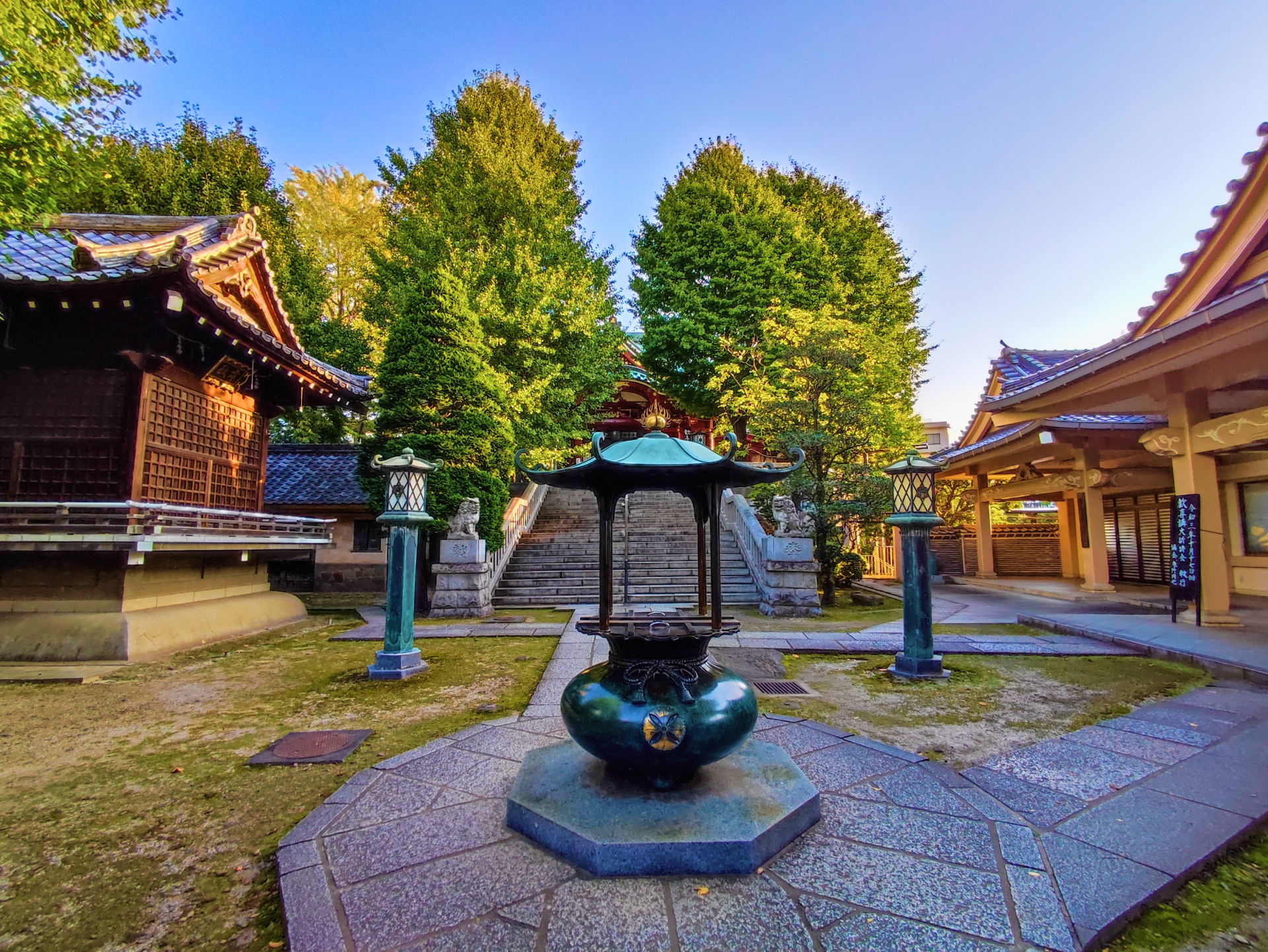
Asakusa Course
- Highlights : The Asakusa You’ve Never Known: Discover the Off-the-Beaten-Track Side of Tokyo’s Most Popular Destination
- Time Required : 3 hours
- Departure Time : 13:00
- Meeting Place : Asakusa Tobu Hotel
- Dissolution Place : Asakusa Shrine
- Participants: 1-10
- Meals: Not included
- Guide Language Support: English (The tour is accompanied by a National Government Licensed Guide Interpreter.)
To understand the true history of Tokyo, you must first explore the streets of Asakusa. Once Edo’s most bustling entertainment district, Asakusa offers more than its well-known sights—it holds layers of cultural and historical depth.
The key to understanding this neighborhood lies in learning how Tokyo, once known as Edo, developed as a city of waterways. Our walking tour of Asakusa isn’t just about sightseeing—it’s an immersive experience that helps you gain a deeper perspective on Edo–Tokyo’s origins and growth.
Choose options





Old Meets New
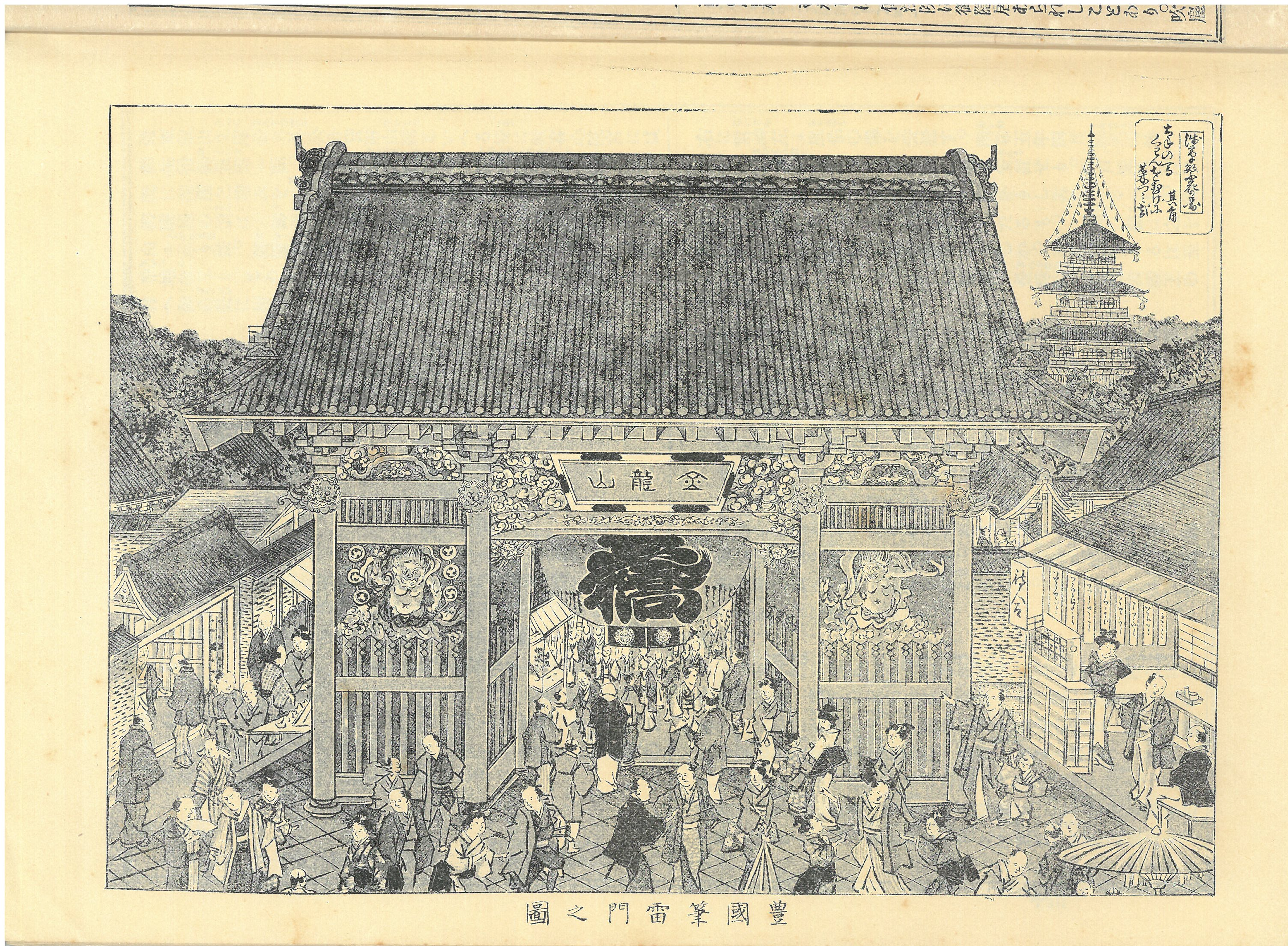
Before
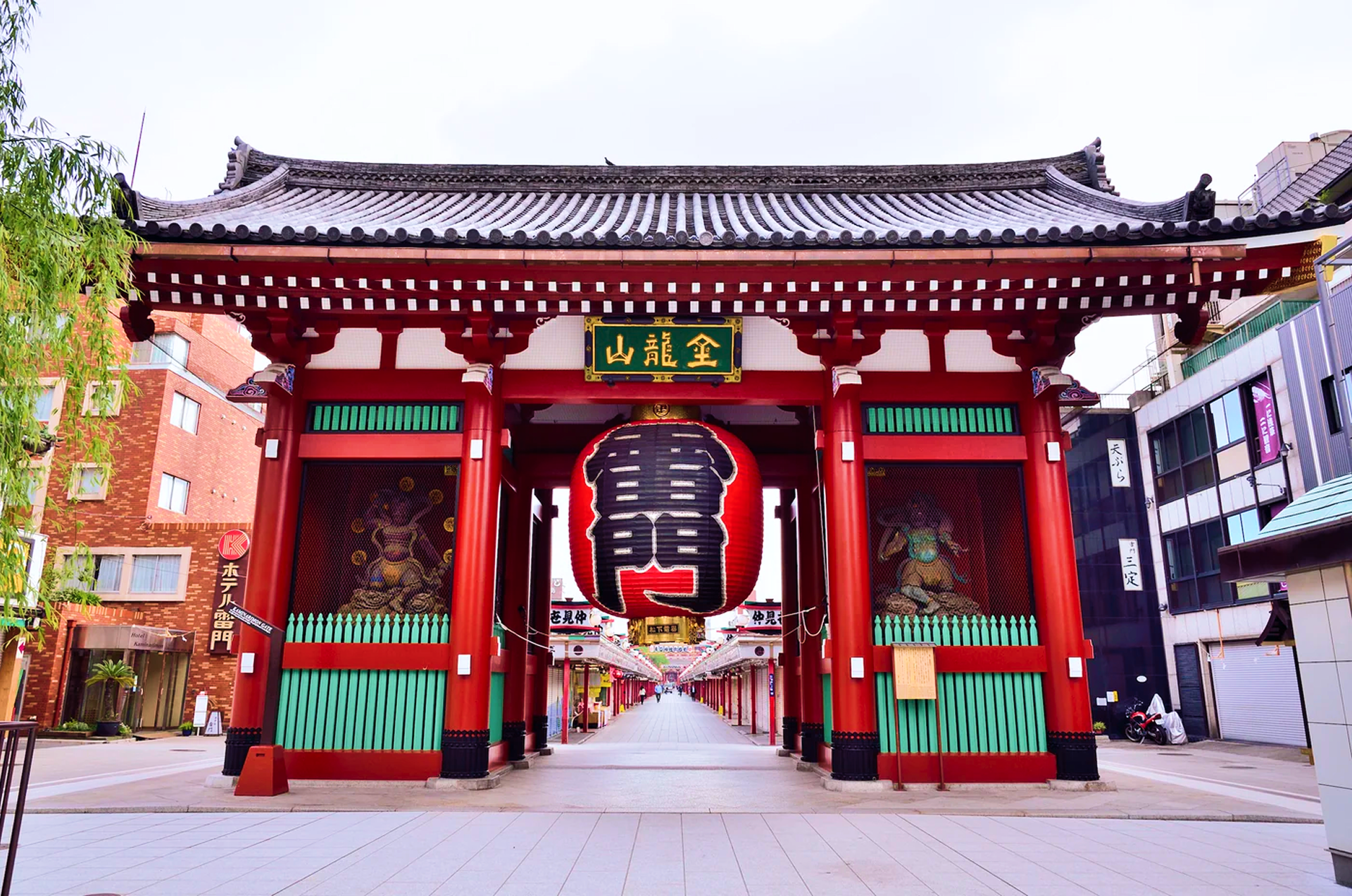
After
“Illustration of Kaminarimon Gate by Toyokuni”
*Collection of the Hosei University Research Center for Edo-Tokyo Studies.
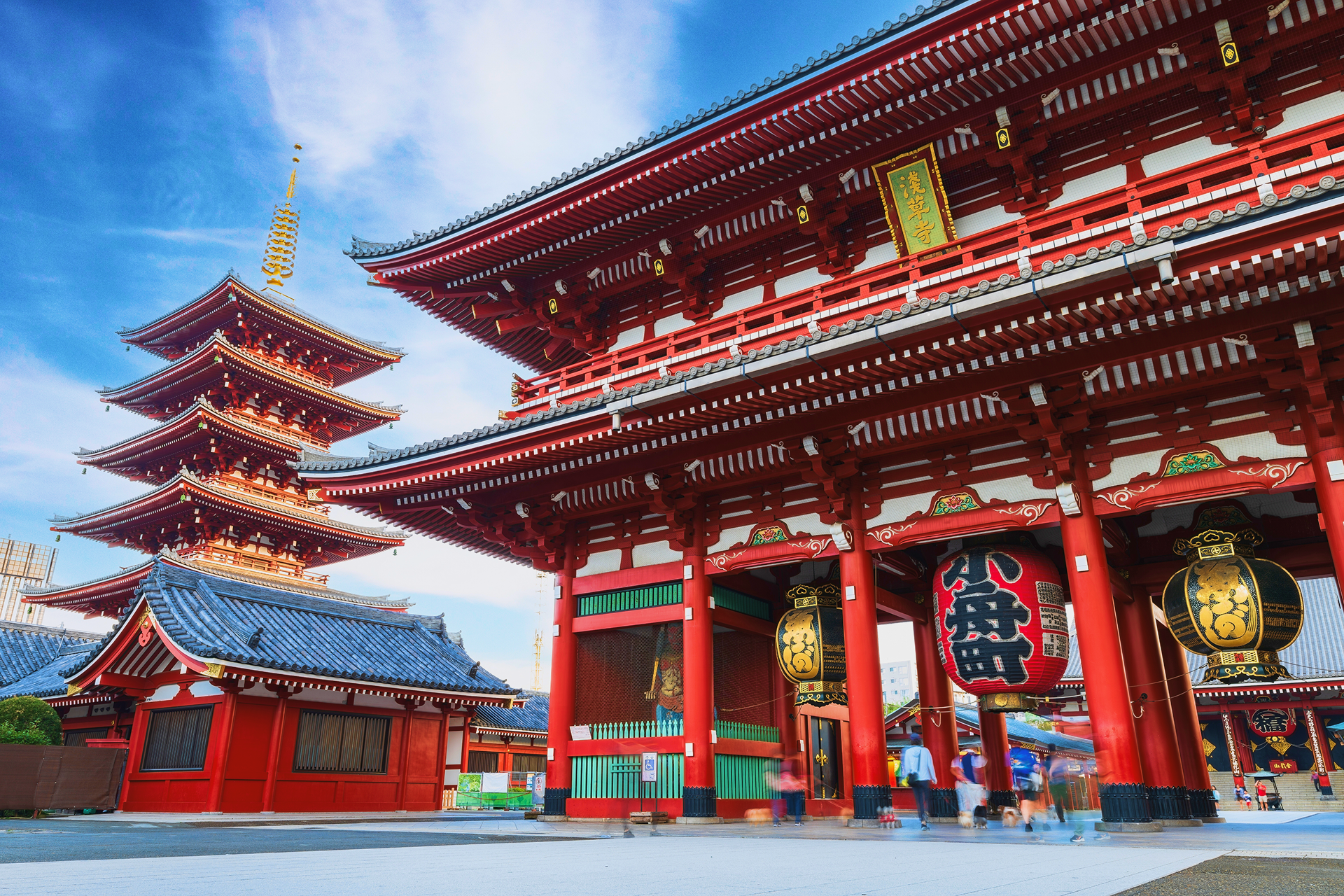
Highlights 1
Sensō-ji Temple
Senso-ji Temple, now a major attraction drawing visitors from around the world, has a long and rich history. Its heyday, however, was in the Edo period. Asakusa’s roots are deeply tied to the Sumida River, and the area’s development was shaped by its lively waterfront culture.
Efforts to control the river, reclaim land, and build rice storehouses all helped transform Asakusa into a bustling hub. On our tour, we don’t just admire old buildings—we dive deeper into Asakusa’s layered past through historical maps, ukiyo-e woodblock prints, and storytelling that brings the Edo period vividly to life.
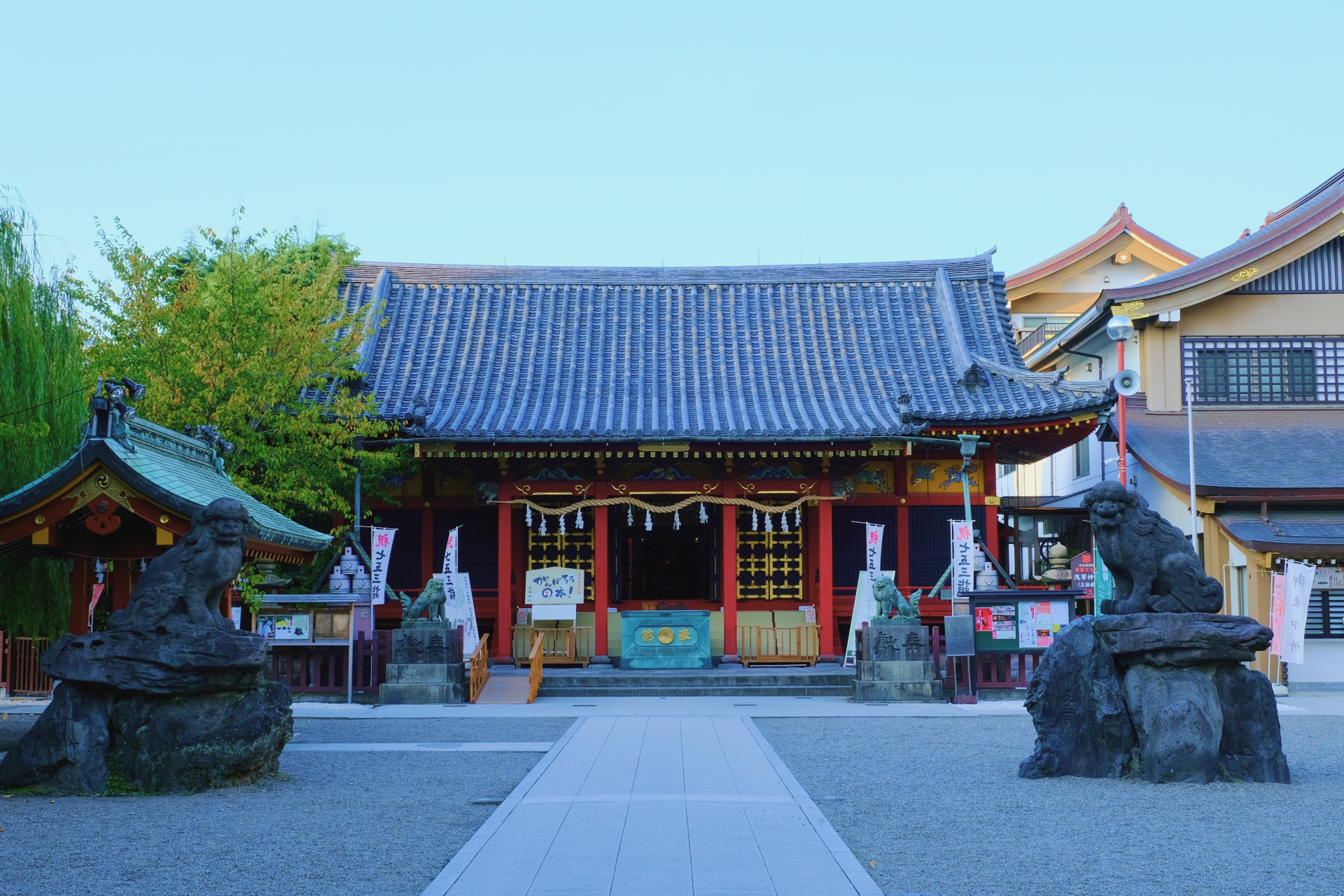
Highlights 2
Asakusa Shrine
Asakusa’s origins date back about 1,400 years.
According to legend, a golden statue was found in the Sumida River.
At the site where the statue was discovered, a small hall called Komagatado was later built.
Senso-ji Temple was subsequently established to enshrine the statue, and next to it stands Asakusa Shrine, which honors the three local men who found the statue and contributed to the founding of the temple.
These are must-visit sites if you truly want to understand Asakusa—not just famous landmarks, but deeply rooted symbols of the area’s history. Join us as we guide you through each site in detail.
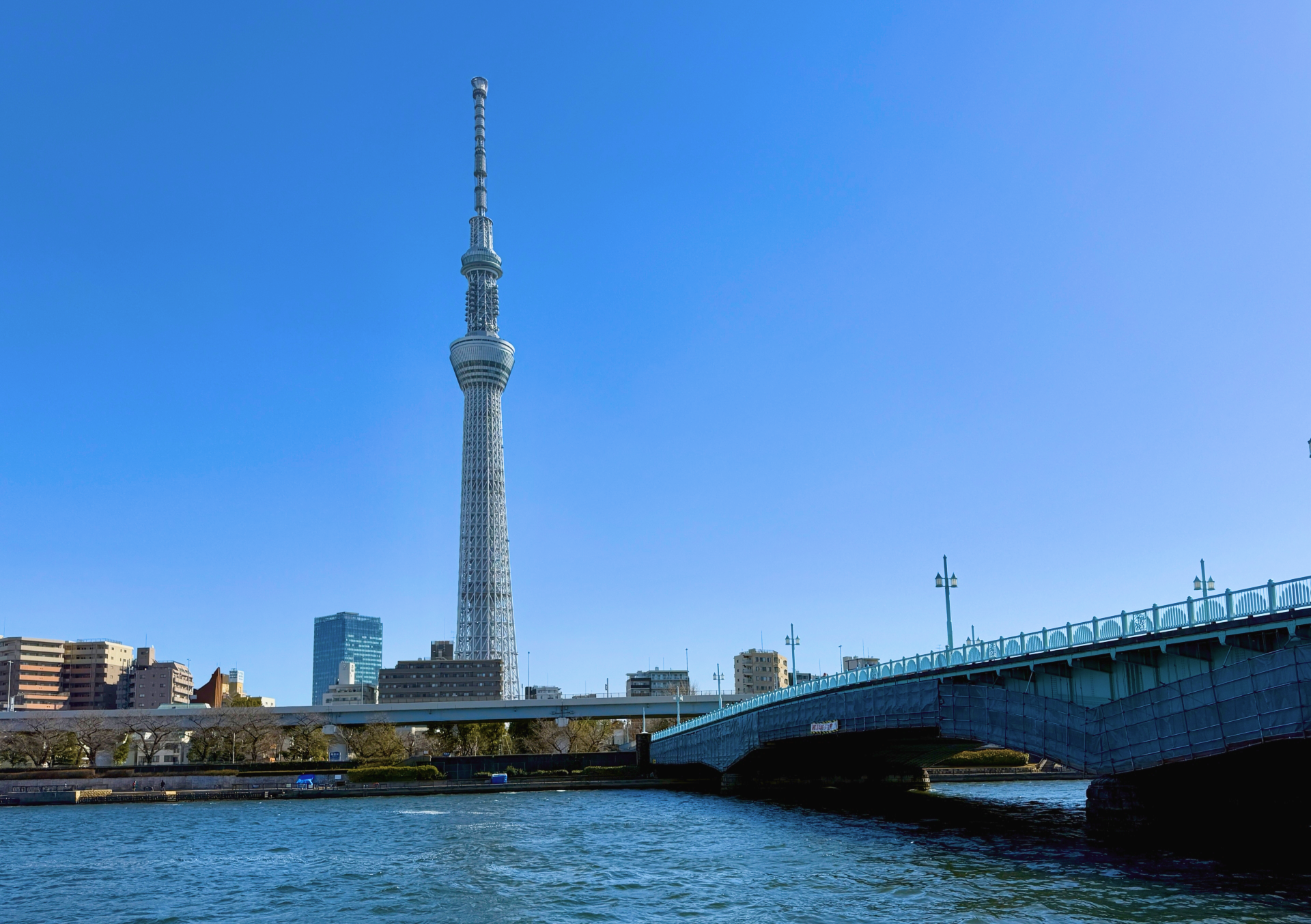
Highlights 3
Sumida River Walk
A scenic pedestrian bridge links the historic Asakusa area with the towering Tokyo Skytree.
On the other side of the Sumida River lies a district that, like Asakusa, once flourished as a center of entertainment and the performing arts—but with a distinct character of its own.
Cross the river and reflect on how these waters shaped the prosperity of Edo—old Tokyo.
After your walk, why not relax at a riverside park or café and enjoy a different perspective on the city?
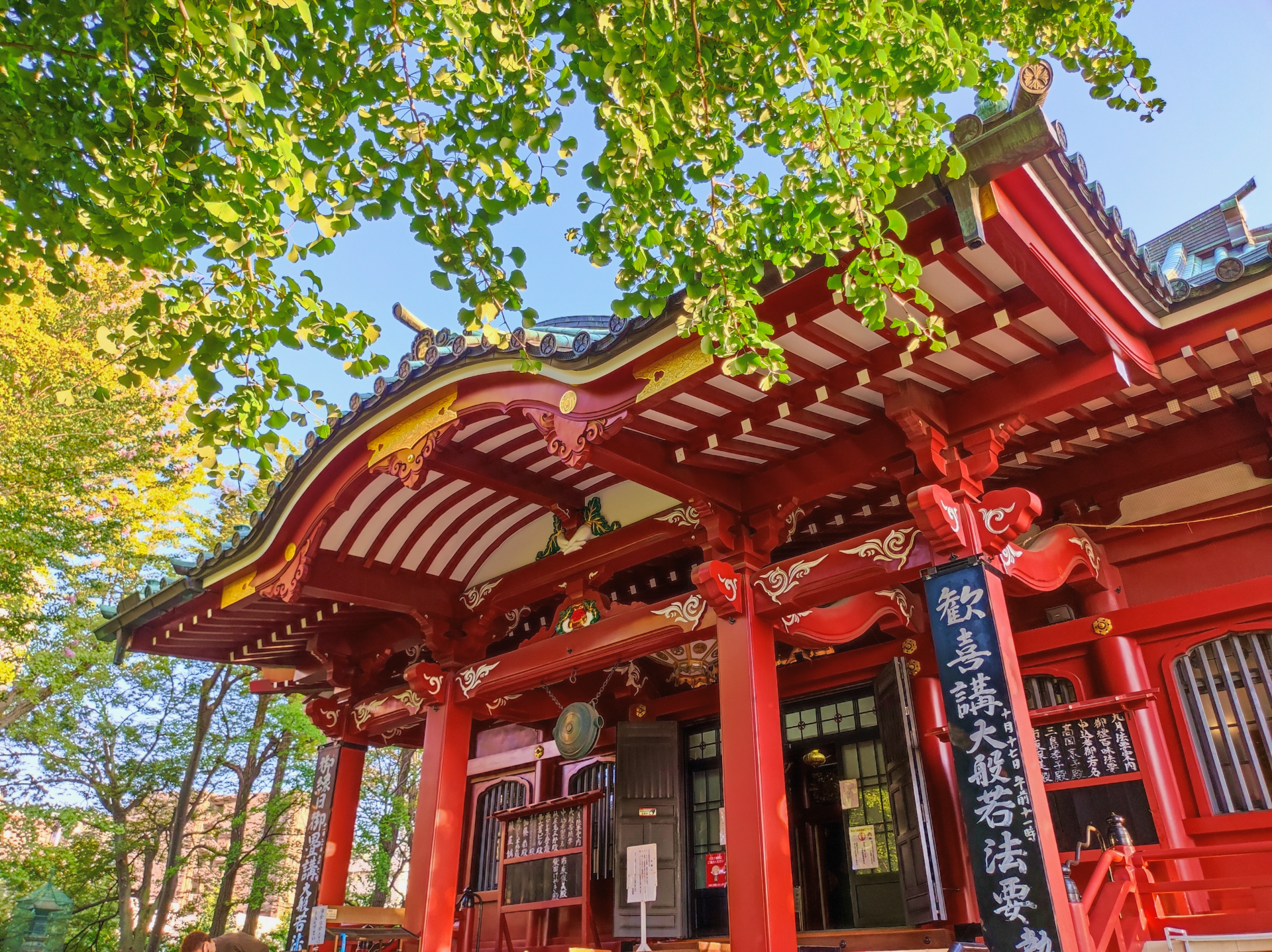
Highlights 4
Matsuchiyama Shōden Temple
Matsuchiyama Shoden: A Hidden Gem with Edo History
Matsuchiyama Shoden is a historic temple depicted in numerous ukiyo-e woodblock prints. One of its most distinctive features is the offering of daikon radishes—something you won’t often see at other temples. Don’t miss the chance to stop by and enjoy this charming spot.
The area north of Senso-ji, where the temple is located, grew into a thriving cultural and entertainment center. After a major fire in the Edo period, kabuki theaters and the famous Yoshiwara pleasure district were relocated here. The neighborhood still retains traces of that vibrant, dramatic past.
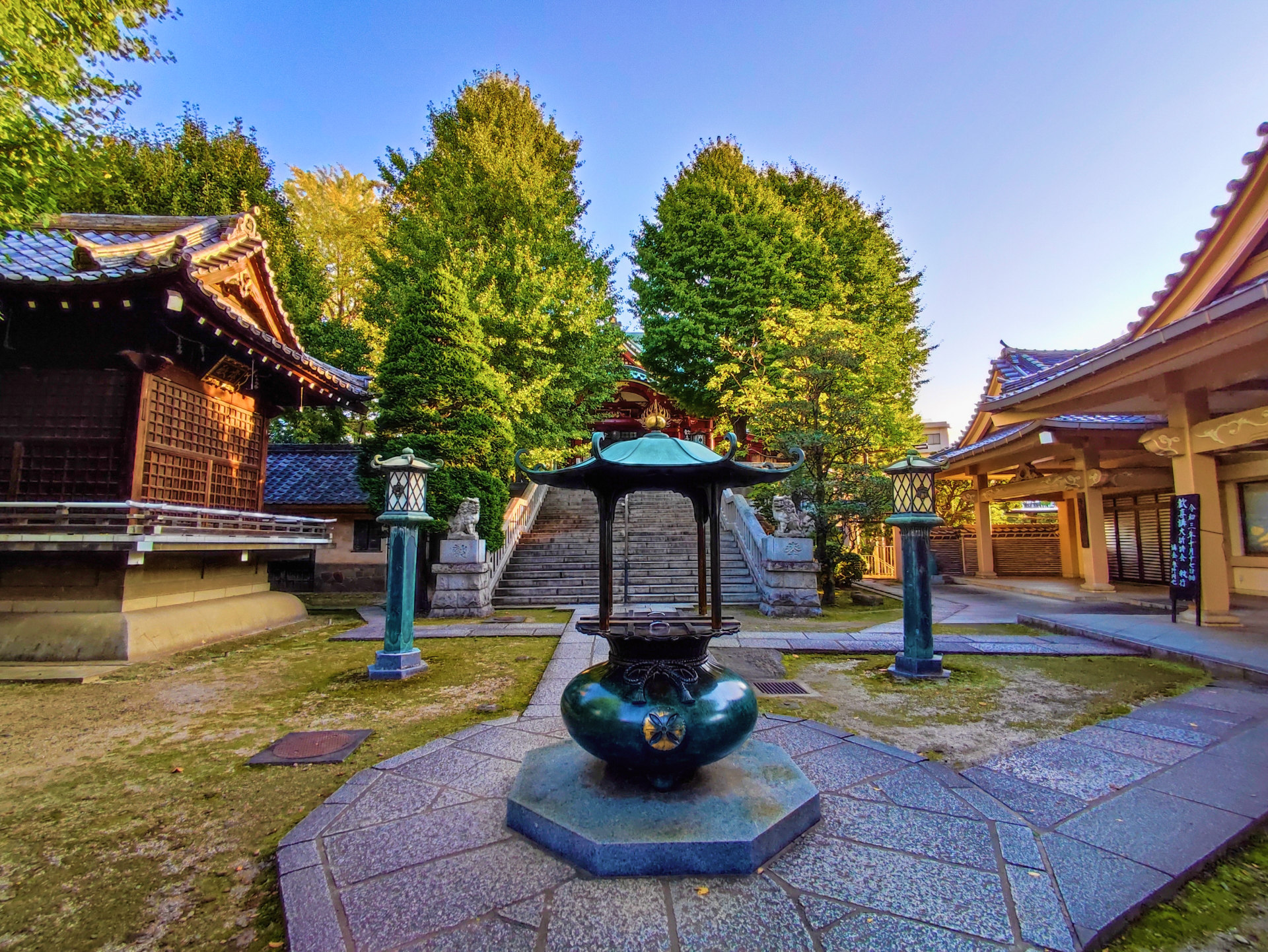
Course
Asakusa Course
Dress Code:
Please wear comfortable, easy-to-move clothing and shoes suitable for walking, such as sneakers.
Children & Infants:
Children aged 0-6 can join for free (under 6's go FREE). Note: There is no child pricing.
Participation Requirements (Restrictions):
Guests who are feeling unwell, those using wheelchairs or strollers, pregnant guests, and those with heart conditions or other serious health issues are not permitted to participate. Please note that if, during the tour, it is determined that a participant cannot complete the designated itinerary as instructed by the guide, they may be asked to leave the group. In such cases, no refund will be provided.
Cancellation Fee Regulations:
Cancellation deadline : 24 hours before departure time (Japan Standard Time - JST)
If you don’t show up or you cancel the tour within 24 hours before the departure time, we will not refund you.
Additional Notes:
If you are not present at the meeting location within 5 minutes of the designated tour start time, the tour will proceed without you. In such cases, there will be no re-pickup by the guide, and no refund will be issued for the tour fee. Please note that the tour will proceed even in rainy weather..
Need help?
Frequently Asked Questions
Booking
You can book a tour until 4:00 PM (JST) the day before the tour begins.
After 4:00 PM the day before, reservations will no longer be accepted through the website.
Cancellation fees will apply from 24 hours before the tour departure time.
All tours are conducted in English only.
To respect other participants, the tour will depart 5 minutes after the scheduled start time. In this case, no refunds will be provided.
Children aged 0-6 can join for free. However, we kindly ask that infants in strollers are not brought along. If it is deemed that a child cannot complete the route set by the guide, we may request that you leave the group. Please note that no refunds will be provided in this case.
Tours will proceed in rainy weather, so please bring an umbrella or raincoat.
However, in the case of extreme weather conditions, we may decide to cancel the tour in advance. In such cases, we will notify all booked participants via email.
We do not accept walk-ins or same-day participants without a prior reservation.
Please cancel your existing reservation and make a new one. Note that a 100% cancellation fee will apply if you cancel within 24 hours before departure time due to guide arrangements.
Tours are available on a first-come, first-served basis.
Tokyo Time Travel does not provide personal travel insurance for tour participants; you are required to purchase your own.